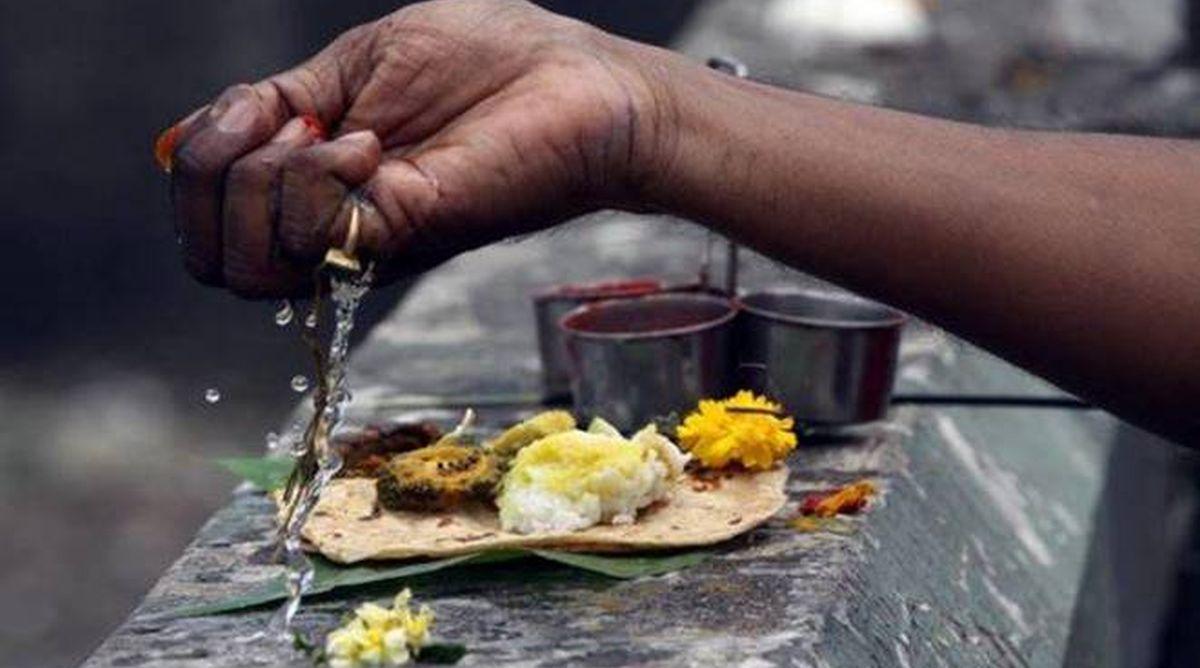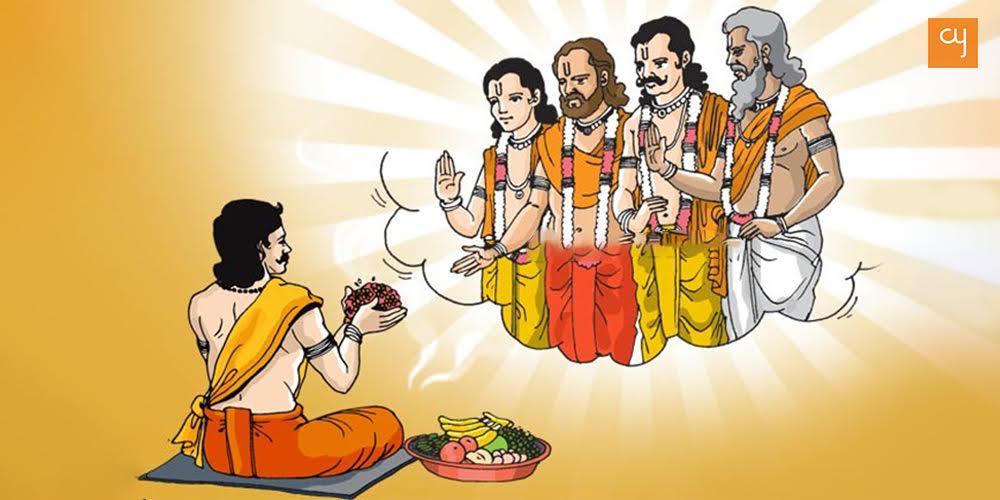Tagged: Bhagavata Purana., Dharma, Garuda Purana, sanatan, Shradh, Sradh, Vishnu Purana
- This topic has 0 replies, 1 voice, and was last updated by .
-
AuthorPosts
-
September 29, 2023 at 1:07 am #1427Up::1
ॐ विष्णवे नमः
Shradh, also known as Pitra Paksha, is a significant period in Sanatan dedicated to honoring and paying homage to our ancestors. Rooted in the ancient scriptures, such as the granths and puranas, Shradh holds deep spiritual and cultural significance in the lives of millions of Sanatanis.

The Significance of Shradh:
According to beliefs, the souls of departed ancestors remain connected to their descendants and continue to influence their lives. Shradh is a time when Sanatanis express their gratitude and reverence to their forefathers, seeking their blessings and guidance. It is believed that by performing the prescribed rituals during this period, the souls of ancestors are appeased, and their blessings bring prosperity and well-being to the living.
Origin and Scriptural References:
The concept of Shradh finds its roots in ancient scriptures such as the Garuda Purana, Vishnu Purana, and Bhagavata Purana. These texts provide detailed accounts of the significance, rituals, and benefits associated with performing Shradh. The Garuda Purana, in particular, extensively explains the various aspects of post-death rituals, including the observance of Shradh.
Duration and Timing:
Shradh is observed during the Pitra Paksha, a fortnight that falls during the Hindu lunar month of Ashwin (generally September-October). This two-week period is considered highly auspicious for performing rituals dedicated to ancestors. The specific dates of Pitra Paksha vary each year based on the lunar calendar and are determined by astrological calculations.

Rituals and Observances:
During Shradh, Families perform elaborate rituals to honor their ancestors. Some of the common practices include:
1. Tarpan: The offering of water mixed with barley, black sesame seeds, and flowers to the departed souls, accompanied by reciting sacred mantras.
2. Pind Daan: The offering of food, known as “pinda,” to the ancestors to satisfy their hunger. These food offerings are made using rice, sesame seeds, barley, and ghee.
3. Feeding Brahmins: Hindus often invite and serve meals to Brahmins (priests) as a gesture of respect towards their ancestors.
4. Charity: Donating food, clothes, or other essentials to the needy is considered an act of virtue during Shradh.
Beliefs and Philosophy:
Shradh is based on the belief that the souls of ancestors continue to exist in a subtle form and can influence the lives of their descendants. By performing the prescribed rituals, it is believed that the departed souls are appeased, and their blessings protect the family from misfortunes. Shradh also serves as an opportunity for individuals to reflect on their ancestral lineage, acknowledge their roots, and express gratitude for the values and traditions passed down through generations.
Shradh is a sacred observance in Hinduism that serves as a bridge between the living and the departed. It is a time of remembrance, gratitude, and seeking blessings from ancestors. Rooted in the ancient Hindu scriptures, Shradh holds deep spiritual and cultural significance, fostering a sense of continuity and connection with our ancestral heritage. By honoring our forefathers through these rituals, Hindus find solace, strength, and a deeper understanding of their own identity in the eternal flow of life.
src: Garuda Purana, Vishnu Purana, and Bhagavata Purana.
Attachments:
You must be logged in to view attached files. -
AuthorPosts
- You must be logged in to reply to this topic.